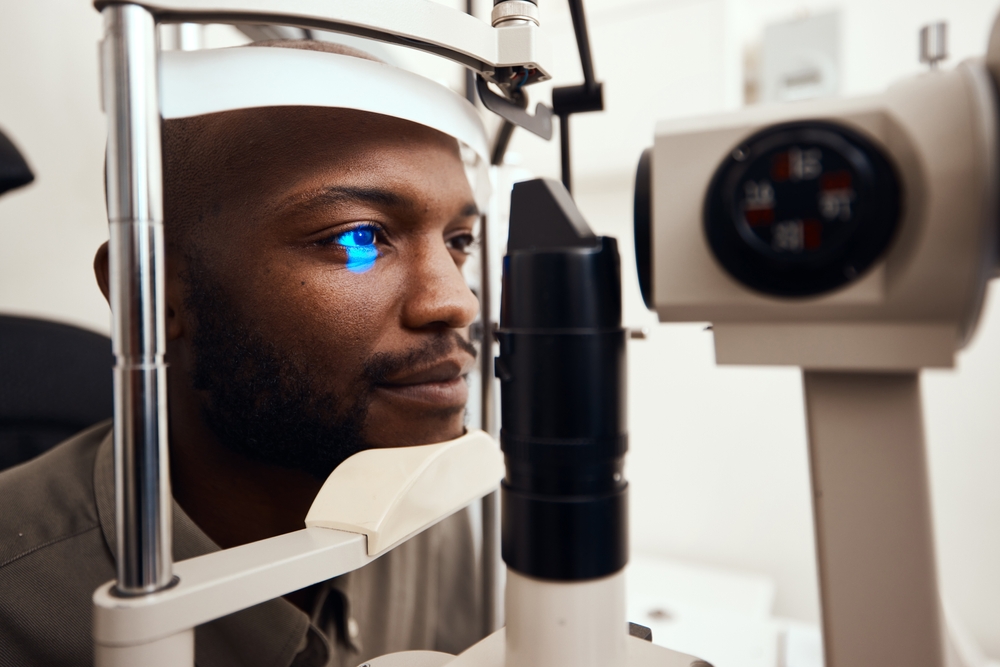Gene therapy emerges as a transformative force in ophthalmology, offering renewed hope for patients with retinal diseases. This innovative approach targets both inherited and acquired conditions, potentially restoring sight where traditional treatments have proven ineffective. By addressing the root causes at a molecular level, these treatments promise to revolutionize how we approach vision loss.
Understanding the science of sight restoration
The retina’s unique characteristics make it an ideal candidate for genetic intervention. Its accessibility and isolation from the body’s immune system allow for precise treatment delivery. This groundbreaking approach involves introducing therapeutic genetic material directly into patients’ cells, targeting the fundamental causes of vision loss rather than merely managing symptoms.
Pioneering treatments changing lives
Recent breakthroughs include FDA-approved therapies targeting specific genetic mutations responsible for inherited blindness. Early results demonstrate sustained vision improvements, marking a significant milestone in the field. These successes provide valuable insights for developing treatments for other retinal conditions.
Making breakthrough treatments accessible
The extraordinary potential of gene therapy brings important discussions about healthcare accessibility. While these treatments offer unprecedented possibilities for vision restoration, their current costs create significant barriers. Medical institutions and insurance providers work to develop innovative payment solutions, exploring outcomes-based pricing models that could make treatments more accessible.
Collaborative research accelerates progress
Leading eye research centers worldwide combine efforts to advance gene therapy treatments. This international collaboration speeds development while ensuring thorough safety protocols. Research teams share findings across borders, creating a robust knowledge base that benefits future treatments.
Personalized treatment approaches
Medical teams now develop customized treatment strategies based on individual genetic profiles. This precision medicine approach helps optimize outcomes for each patient. Advanced diagnostic tools allow doctors to identify specific genetic mutations, leading to more targeted and effective treatments.
Beyond current limitations
While current treatments focus primarily on specific genetic conditions, research continues into broader applications. Scientists explore new ways to regenerate damaged retinal cells and protect remaining vision. These developments could eventually extend treatment options to patients with advanced disease stages.
Impact on standard eye care
Gene therapy advances influence routine eye care practices. Healthcare providers increasingly incorporate genetic testing into standard examinations. This shift allows earlier identification of potential genetic conditions, creating opportunities for preventive intervention.
Future treatment landscape
The field of genetic eye treatment continues evolving rapidly. Emerging technologies offer possibilities for treating an expanding range of conditions. Research teams explore combination therapies that could provide more comprehensive treatment options.
Global healthcare implications
These advances in gene therapy extend beyond individual patient care to influence healthcare systems worldwide. Medical centers adapt to incorporate new treatment capabilities, while training programs evolve to prepare future specialists. This transformation creates new possibilities for vision care across diverse healthcare settings.
Patient-centered progress
Success stories from early treatments drive continued research and development. Patient experiences help refine treatment protocols and improve delivery methods. This feedback loop between patients and medical teams strengthens the development of future therapies.
Moving toward mainstream treatment
As gene therapy transitions from experimental to established treatment, healthcare systems prepare for wider implementation. Medical centers develop specialized facilities and train personnel to provide these advanced treatments. This preparation ensures readiness for future treatment options.
Building on current success
Each successful treatment provides valuable data for future developments. Research teams use these insights to refine techniques and expand treatment possibilities. This continuous improvement process strengthens the foundation for future vision care advances.
Redefining boundaries in eye care
Research continues pushing treatment possibilities beyond current limitations. Medical teams explore novel approaches to cell regeneration and vision protection. These advances create opportunities for treating conditions previously considered untreatable, while opening new avenues for vision preservation.
Advancing global eye care standards
The emergence of genetic treatments reshapes traditional eye care approaches. Medical centers worldwide adapt their practices to incorporate these innovative therapies. This evolution extends beyond major medical hubs to influence eye care delivery in diverse healthcare settings.
Education and awareness evolving
Healthcare providers focus on expanding knowledge about genetic eye conditions. Public health initiatives emphasize early detection and intervention. These educational efforts help identify candidates for treatment before significant vision loss occurs.
Building sustainable treatment models
Medical institutions develop long-term strategies for implementing genetic therapies. These plans address both current needs and future expansion possibilities. Healthcare systems work to create sustainable models that balance innovation with accessibility.

















